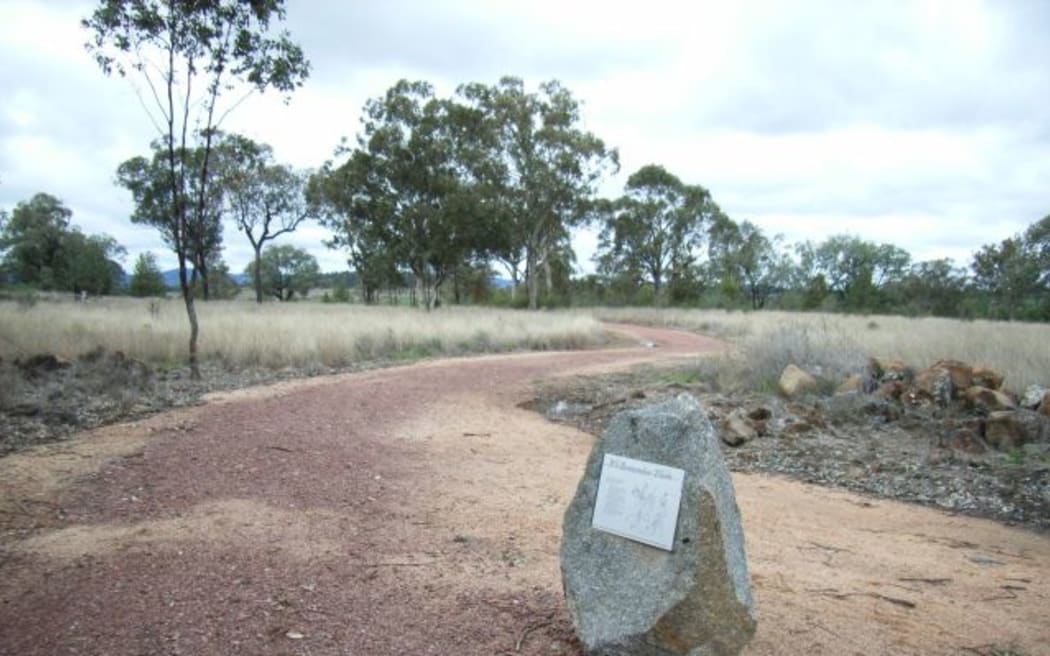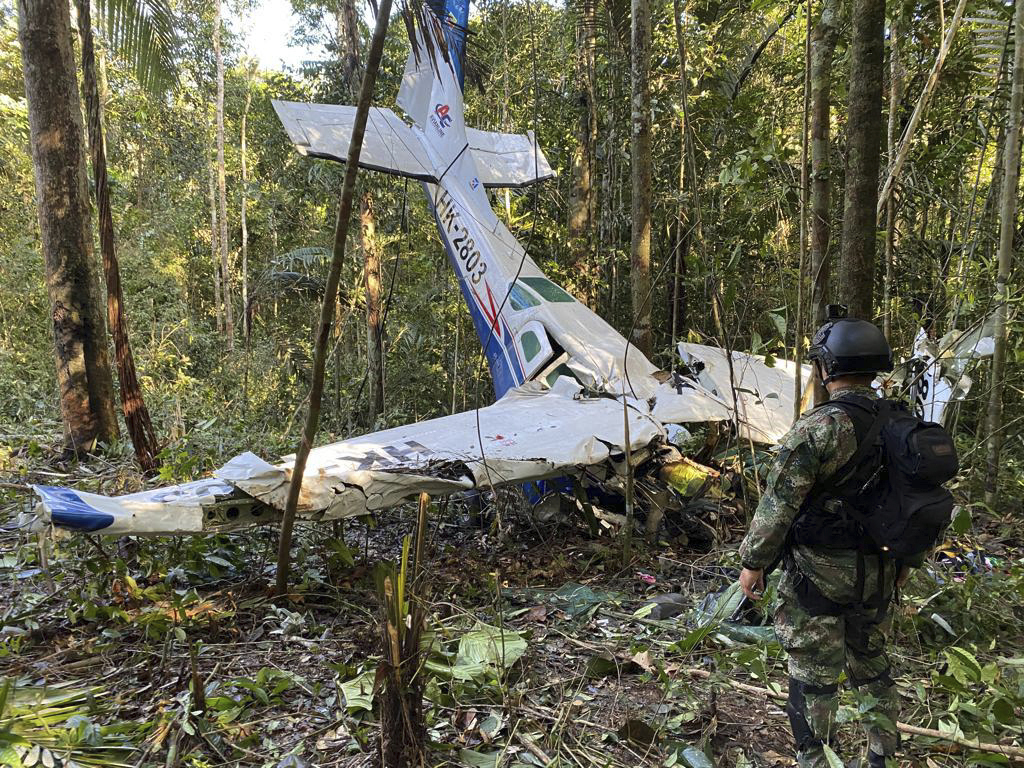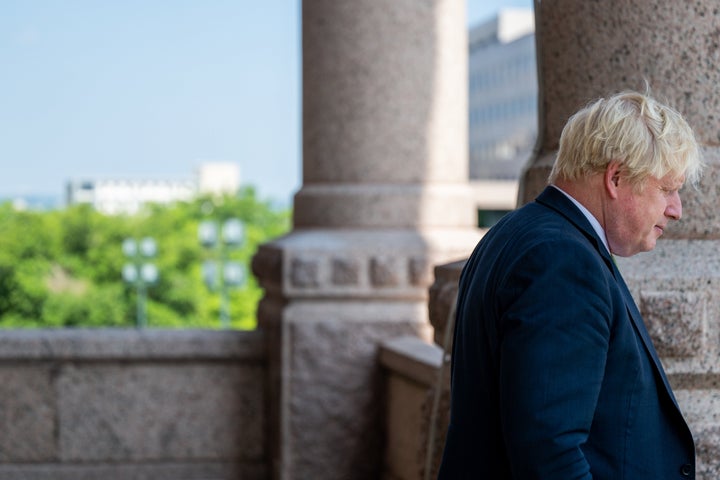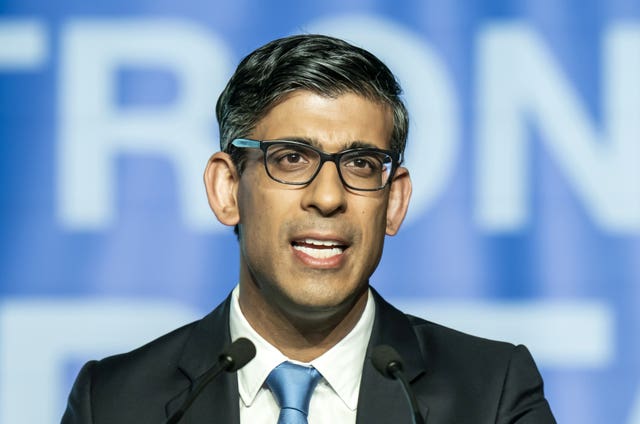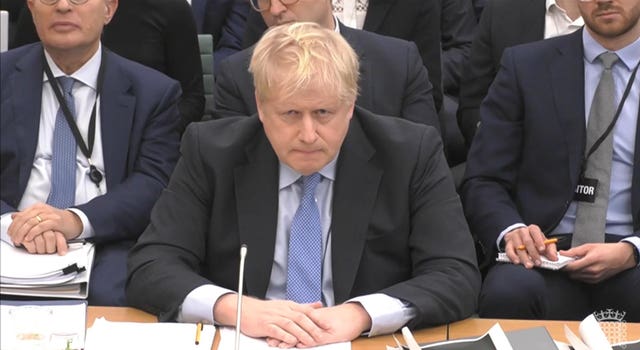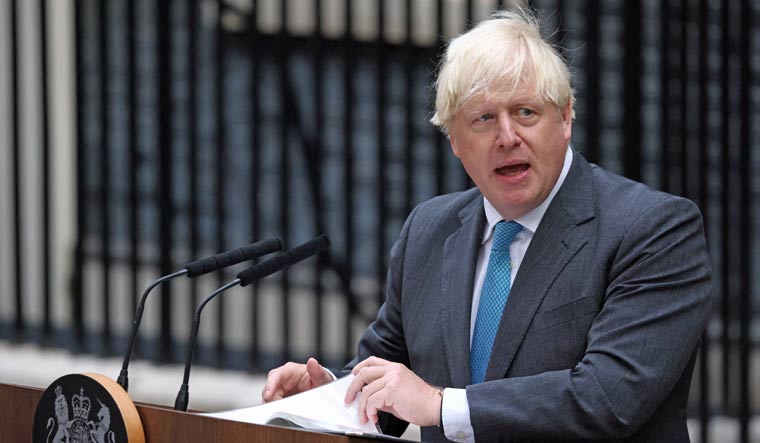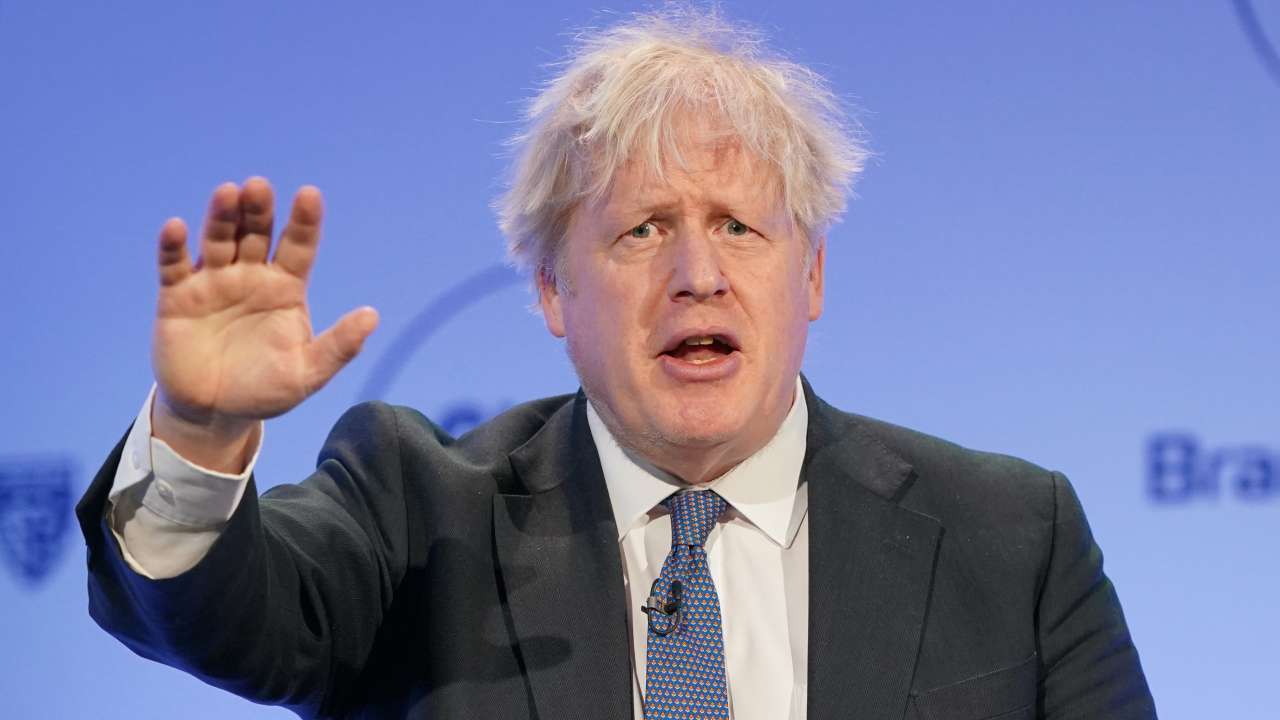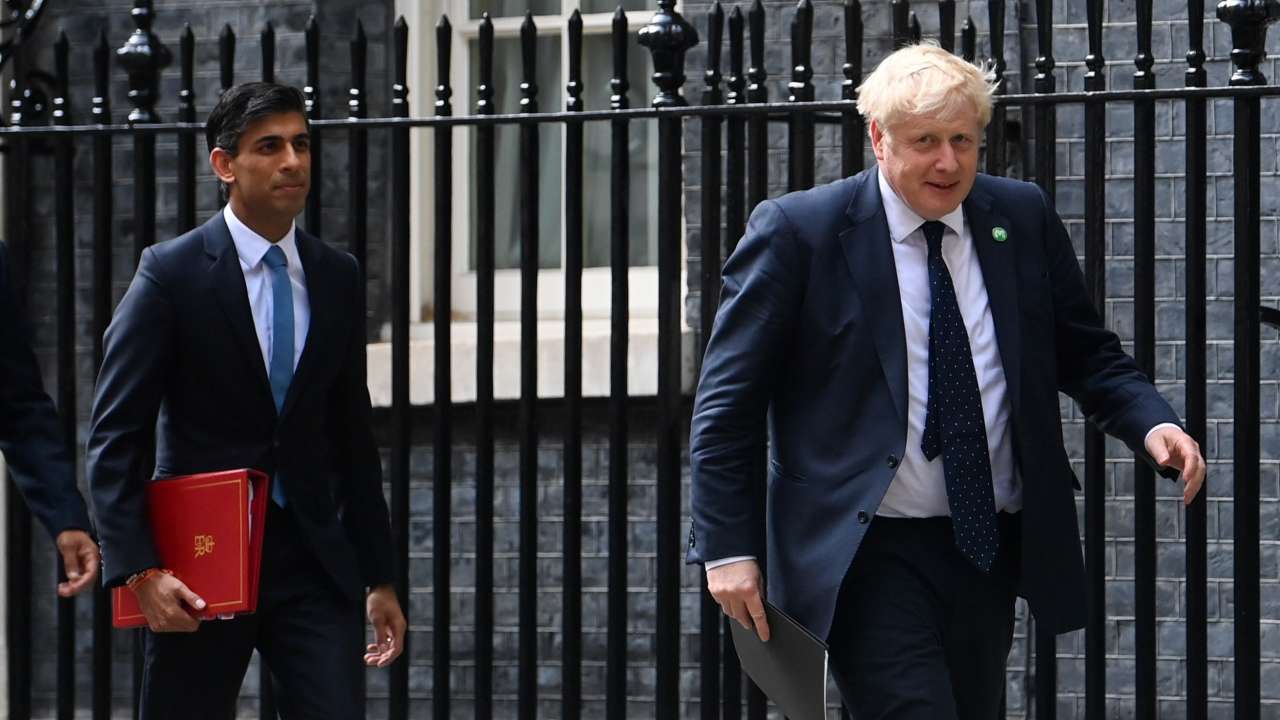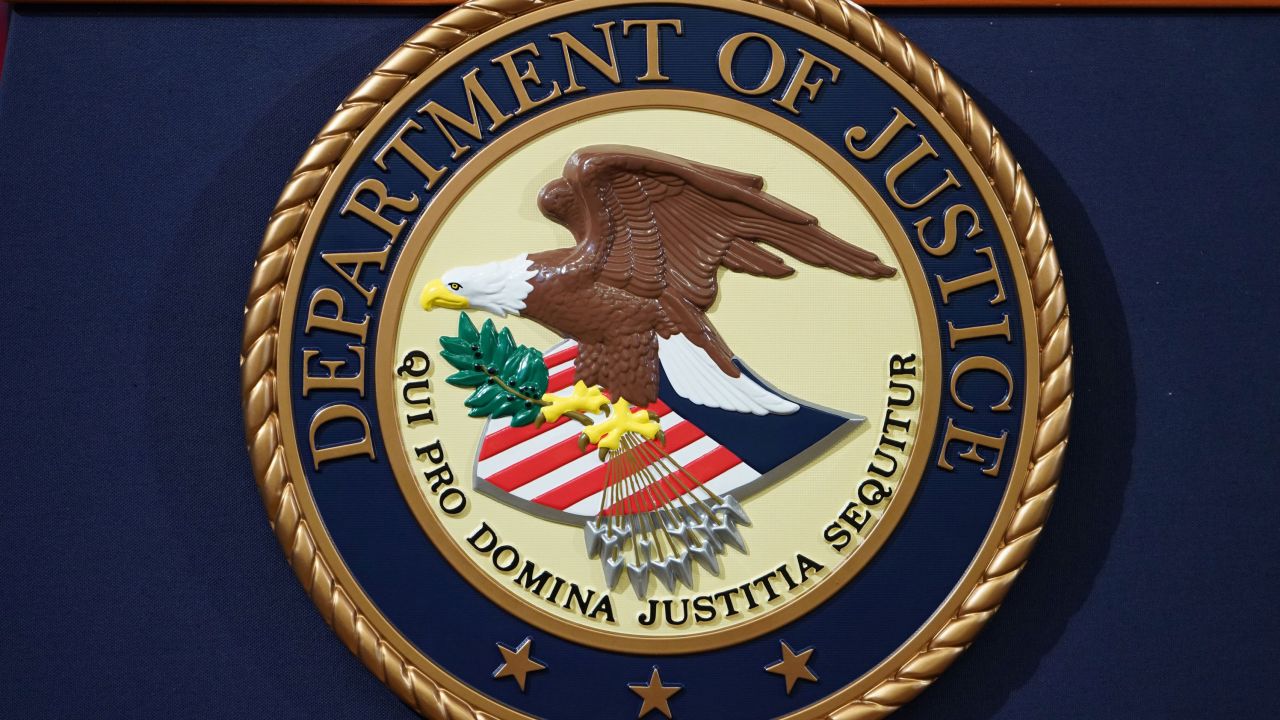The thawing of the polar region from climate change helps produce conditions that make distant forests more likely to burn.
Danielle Bochove
09 Jun 2023
(Bloomberg) -- As millions of people in New York and other major North American cities choke on acrid smoke, they could point their accusatory fingers farther North than the wildfires ravaging Quebec — all the way to the global Arctic.
Rising temperatures in the region are contributing to the weather conditions that make wildfires more likely to occur, especially in higher and middle latitudes, experts say.
Global warming releases carbon dioxide into the atmosphere, raising temperatures, which dries out forests and raises the risk of wildfires. The top of the planet is warming much faster than the global average — at four times the rate, by some estimates — and that pace is accelerating as reflective ice, which shields the Earth from some of the Sun’s heat, melts and permafrost thaws, releasing still more CO2.
Siberia, which holds the largest expanse of permafrost in the world, is currently experiencing an extreme heat wave, but there are other hot spots in the Arctic as well.
“Right now, the Canadian Arctic is about 10 degrees [Celsius] warmer than average and that’s stretching down over Hudson Bay. Large parts of Canada are definitely warmer than normal for June at this point already,” said Julienne Stroeve, a professor of polar observation and modeling at University College London.
That plays into the Arctic’s increasingly disproportionate effect on mid-latitude weather patterns. “Spring is coming earlier than it used to and autumn is coming later, so that also makes the conditions drier and hotter for these sort of extreme wildfires to occur,” she said. “These dry conditions combined with lightning strikes are certainly one of the reasons why it’s so bad at the moment in Canada.’’
The Arctic’s outsized impact on planetary warming “elevates the frequency of fire,’’ agrees Jason Box, a professor of glaciology and climate at the Geologic Survey of Denmark and Greenland.
Rapid Arctic warming also appears to be making jet streams wavier and slower, which can exacerbate the problem.
Jet streams are bands of strong westerly winds driven by the collision of cold polar and hot tropical air. As Arctic warming accelerates, the differential between the two types of air shrinks. Normally fast-moving currents become sluggish and take more meandering paths, creating heat domes which, in turn, can exacerbate high-risk wildfire conditions, especially in higher latitudes.
Several factors are creating a wavier jet-stream pattern right now, including a strong, persistent heat wave in the North Pacific Ocean, said Jennifer Francis, a senior scientist at the Woodwell Climate Research Center. The resulting air pressure ridges and troughs are responsible for dry conditions where the Canada fires are raging, as well as for the winds carrying smoke to the Eastern seaboard. The rapidly warming Arctic may be further intensifying that pattern, she said.
That a thawing Arctic has impacts far beyond the borders of Northern countries was seen in a 2021 study published in . It showed that the loss of Arctic sea ice during the summer months created more fire-favorable weather in the western US. Over 40 years, the changes in fire weather, driven by the declining ice, were of a similar magnitude to variations in climate caused by the El Niño-Southern Oscillation, which also affects fire conditions in the Western US, the paper said.
In that context, the need for better fire preparedness becomes urgent. In Quebec, whose wildfires are the source of the choking smoke currently blanketing New York, the burning expanse is 500 times larger than the average acreage burned over the past 10 years, according to Quebec’s forest-fire protection agency, which tracks fire activity. That’s left the province’s firefighters hopelessly outmatched.
Even if the world lowers emissions, a certain amount of climate change fallout is already locked in, said Gail Whiteman, a professor of sustainability at the University of Exeter Business School in the UK.
“How do we build agility in response to extreme weather?” she asked. ‘’Long-term trends in Arctic warming and change are driving global risk to places that haven’t seen it before. So the Arctic is now in Brooklyn, or Manhattan, and Ottawa.
©2023 Bloomberg L.P.
Wild fires started earlier, are higher in number and spread across much of the country, burning millions of acres as climate change turns more of the country’s forest into a tinderbox.

By Dan Bilefsky and Ian Austen
June 9, 2023
Canada is burning.
That, at least, is the perception around the world as hundreds of fires have convulsed the country, forced tens of thousands of people to flee and sounded a global alarm about the perils of climate change.
In a nation famed for its orderliness, the out-of-control fires have created the ominous feeling of a country under siege, stretching from the west to the east coasts and sending toxic plumes over major cities like Ottawa, the capital, Toronto, the largest city and financial capital, and Montreal.
As the smoke poured into the United States, disrupting life around the Northeast, and turning New York City’s skyline an apocalyptic orange hue, the fires also underscored how environmental disasters don’t obey borders.
Here’s what you need to know about the fires and Canada’s wildfire season.
Wildfire season started early this year.
While wildfires are common in spring and summer in much of Canada, they usually burn in remote and sparsely populated areas. But this year’s fires have already been remarkable: Hundreds are burning across much of the country.
A dry, windy and abnormally warm spring created ideal fire conditions in many regions with the first major fires erupting in May in Alberta, an oil and gas producing province that is regularly plagued by fires.
The fires are likely to multiply.
The Canadian government forecast shows all of the country at an above average risk for wildfires for the rest of June. Ontario and British Columbia have seen relatively limited fire activity, but most experts anticipate that will not last. But not all parts of the country will be affected; the Arctic regions above the tree line are too cold for trees.
The distribution of the major fires is also unusual: from Alberta in the west to Nova Scotia on the Atlantic coastline, three time zones away. The smoke that’s plagued the United States is mostly blowing down from areas in Quebec that are not normally associated with major wildfires.
What started the fires?
Lightning typically sets off about half of Canada’s wildfires each season. Those fires are generally the most damaging because they tend to start in remote areas and are difficult for firefighters to access. They account for about 85 percent of the forest that is burned most seasons.
Humans are to blame for the other half of the fires not caused by lightning, setting them off in a variety of ways, usually unintentionally through carelessness. One of Alberta’s fires this year started when an all-terrain vehicle burst into flames. Some provinces have closed parks and forests to people and have banned camping and all outdoor burning to limit risk.
In past years, sparks from trains braking while descending mountain passes have also caused fires.
What role has climate change played in the fires?
Climate research suggests that heat and drought associated with global warming are major reasons for the increase in bigger fires.
Canada has the world’s largest intact forest ecosystem, and many parts of the country have experienced drought and high heat recently. That can make trees vulnerable to fire and can dry out dead grass, pine needles, and any other material on the bottom of the forest floor that can act as kindling when a fire sweeps through a forest.
Wildfire experts see the signs of climate change in the dryness, intense heat and longer fire season that have made these fires more extreme and are likely to do so in the future.
When will the smoke subside?
Smoke patterns, like the fires themselves, are weather dependent. In cities that have spent days dealing with smoke and ashen skies, relief is on the way.
Rain and cloud cover near wildfires in Ontario should improve air quality in Toronto.
Steven Flisfeder, a warning preparedness meteorologist at Environment and Climate Change Canada, said that the weekend could improve air quality in Toronto, thanks to some rain and cloud cover near wildfire areas in Ontario.
Catherine Brabant, a meteorologist at Environment Canada, said it did not appear that wind patterns will shift the smoke plumes toward Quebec’s biggest city, Montreal.
But with fires growing in frequency and intensity, experts say smoke filtering down into the United States may become more common.
Why is Canada’s firefighting capacity so stretched?
Canada does not have a national wildfire fighting force but relies on its 10 provinces and three territories.
In normal times a coordination center shuffles firefighters and equipment like water bombers and helicopters from provinces with few fires to crisis areas being convulsed by blazes.
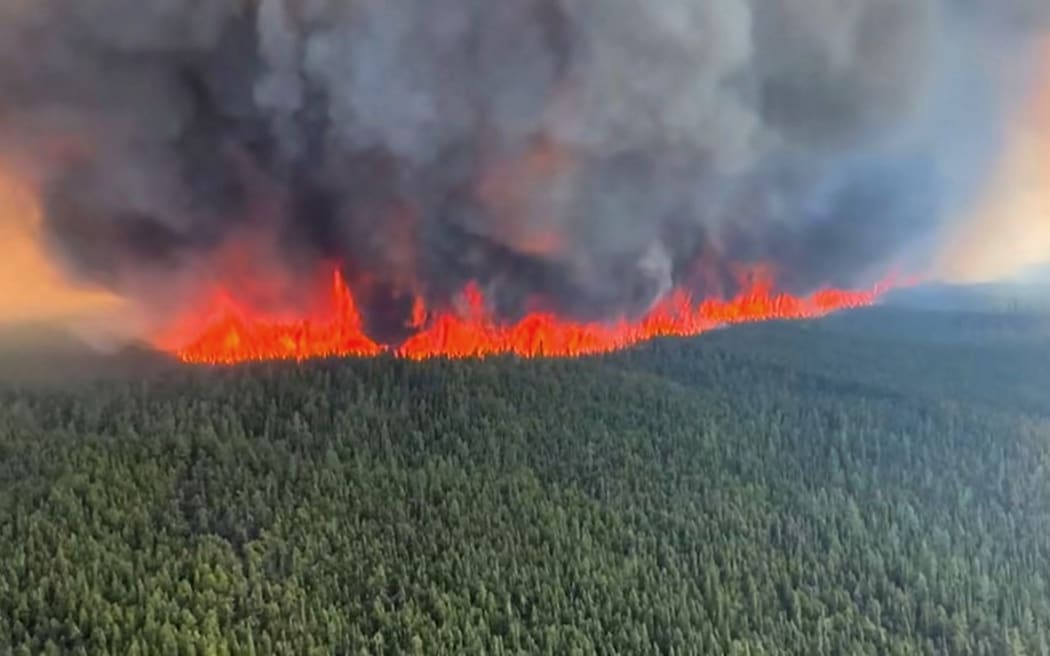
Wildfires blaze in the forests above Tumbler Ridge, in British Columbia. Photo: AFP
The scope and scale of this year’s fires is making it difficult for provinces to share firefighters and equipment and the system is stretched to the limit.
To help ease the strain, over 1,100 firefighters have traveled to Canada from abroad, including groups from France, Chile, Costa Rica, the United States, Australia, New Zealand and South Africa.
Vjosa Isai contributed reporting.
Dan Bilefsky is an international correspondent, based in Montreal. He was previously based in London, Paris, Prague and New York. He was part of the team that won the 2022 George Polk Award for an investigation of the assassination of Haiti’s president. He is the author of the true crime thriller “The Last Job.” @DanBilefsky
Ian Austen
A native of Windsor, Ontario, Ian Austen was educated in Toronto and currently lives in Ottawa. He has reported for The Times about Canada for more than a decade. @ianrausten
Wildfires and Smoke in North America
Driven by fires in Canada, an exceptionally bad spell of pollution driven by smoke has engulfed parts of the United States.
New Yorkers are accustomed to dealing with weather. The arrival of smoke and orange skies in New York City was something very different, prompting many to bring their face masks out of retirement.
Canada has been struggling to fight the extraordinary outbreak of wildfires that sent smoke pouring over the border, stretching local resources thin and renewing calls for a national firefighting service.
Did New York’s leaders respond adequately to the crisis? Some experts and elected officials say they should have done more.
The hazy plume has given people in the northeastern United States a sense of what it is like in parts of the world where a struggle with the quality of their air is more routine.
Though there is no specific research yet attributing the current situation in North America to climate change, the science is unequivocal: Global warming significantly increases the chances of severe wildfires.
Amid Unprecedented Wildfire Season, City Looks to Rebuild
June 09, 2023
Jay Heisler
OTTAWA, ONTARIO —
As the acrid clouds of smoke that have blanketed eastern North America for the past week begin to ease, residents are starting to assess the damage and pick up the pieces in Halifax, Nova Scotia, near the epicenter of one of the first in a Canada-wide wave of wildfires.
More than 16,000 people were driven from their homes by a fire that reached into the suburbs of Halifax, a provincial capital and the largest city in eastern Canada. Several thousand still were without homes after the fire was brought under control, left to survey the smoldering ruins of what had been houses, cars and outbuildings.
Elsewhere in Canada, more than 400 fires continued to burn Friday across nine of the country's 10 provinces and in its far northern territories, scorching 40,000 square kilometers and issuing clouds of smoke that created eerie landscapes in cities from Canada's capital, Ottawa, as far south as Washington, D.C.
In Ottawa, residents warned one another to stay indoors as the sun punctured through the smoke as a glowing red orb.
With Canada's annual wildfire season just beginning, the amount of land burned already exceeds the total for all but three complete years. Experts told the Toronto Globe and Mail that the record for any single year will be broken by next week.
The conflagrations began late last month in the western province of Alberta, quickly followed by new outbreaks in the central province of Quebec, many of them attributed to lightning strikes.
While most of the fires have remained in remote forested regions, the human impact has been especially severe in Halifax, where the destruction reached into highly populated areas.
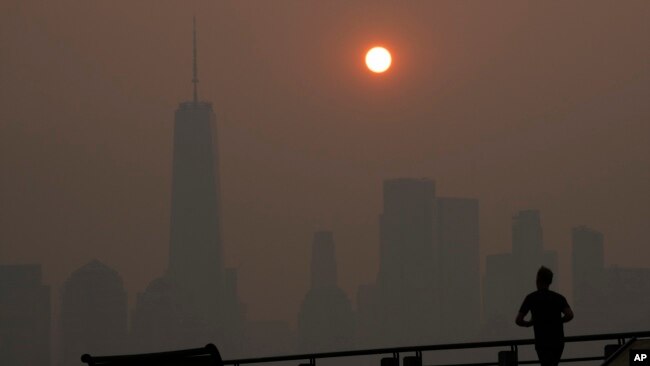
Thousands of people were displaced, and hundreds of homes were destroyed in the city's suburbs, leaving their occupants scrambling to find shelter in the midst of a severe housing shortage. The vacancy rate in Halifax fell to 1% in 2019 and has remained in that range or worse ever since.
Team Rubicon Canada, an offshoot of the U.S.-based charity Team Rubicon, said it is gearing up to help the city's residents to begin rebuilding their lives.
"Rubicon volunteers made up of veterans, first responders, and skilled civilians from across Canada will be assisting Halifax-area residents beginning the weekend of June 16th," said Helen Lialias, who works with the charity's Nova Scotia branch.She said the group's capabilities include "chainsaw operations, debris removal, heirloom recovery, incident management support and disaster mapping."
"We are already seeing one of the worst wildfire seasons on record and their devastating impacts on Canadians," Lialias added.
While wildfires are not unexpected in Canada at this time of year, the unprecedented severity of this year's blazes has many residents pointing the blame at global climate change.
"These fires are a terrifying harbinger of what we can expect as the effects of a warming planet are felt around the world," said Jo-Ann Roberts, a former interim leader of the Green Party of Canada, in an interview. "Fires, hurricanes, floods are now a part of life."
In addition to taking steps to combat climate change, Roberts said, the government should begin "redirecting training and equipment resources to build up military personnel who are ready to respond to fire, flood and wind disasters."
Wildfires spread in British Columbia, Quebec sees signs of progress
Wildfires spread in the western Canadian province of British Columbia on Friday (local time), while in the east, Quebec said it would start efforts to control blazes that have sent smoke billowing across North American cities.
Canada is enduring its worst start to the wildfire season, with 2,392 fires so far this year and 10.9 million acres burned, according to the Canadian Interagency Forest Fire Centre (CIFFC), roughly 15 times the annual average over the last decade.
The CIFFC reported 424 active fires, of which 230 were out of control. It is unusual for blazes to be burning simultaneously in the east and west, stretching resources and fuelling concerns about the consequences of climate change.
Around 2500 people were told to evacuate the community of Tumbler Ridge in northeastern British Columbia on Thursday. Officials also expanded evacuation orders for the Donnie Creek fire, the second-largest recorded in the province.
A video distributed by the British Columbia fire service showed deserted streets in Tumbler Ridge, while nearby forests were ablaze. Some evacuees are finding shelter in Dawson Creek, a town some 120 km to the northeast.
"It's devastating, it hits you right in the heart ... it's scary, knowing it's this early in the season," Dawson Creek mayor Darcy Dober told the Canadian Broadcasting Corp.
In the eastern province of Quebec, forestry minister Maite Blanchette Vezina said that as extra resources arrived, authorities would be better able to control the fires. Hundreds of firefighters from across the world have flown to Canada.
"This sprint phase is over - now we're in a marathon phase. So in the next days and weeks we will be working to contain those active fires to bring them under control and eventually extinguish them," she told a briefing.
Some rain is expected over Quebec and neighbouring Ontario this weekend but it may not be overly helpful, Environment Canada meteorologist Gerald Cheng told an online briefing.
"I caution everyone not to be too hopeful about the rain, because that comes with the risk of thunderstorms ... the precipitation could be very isolated," he said.
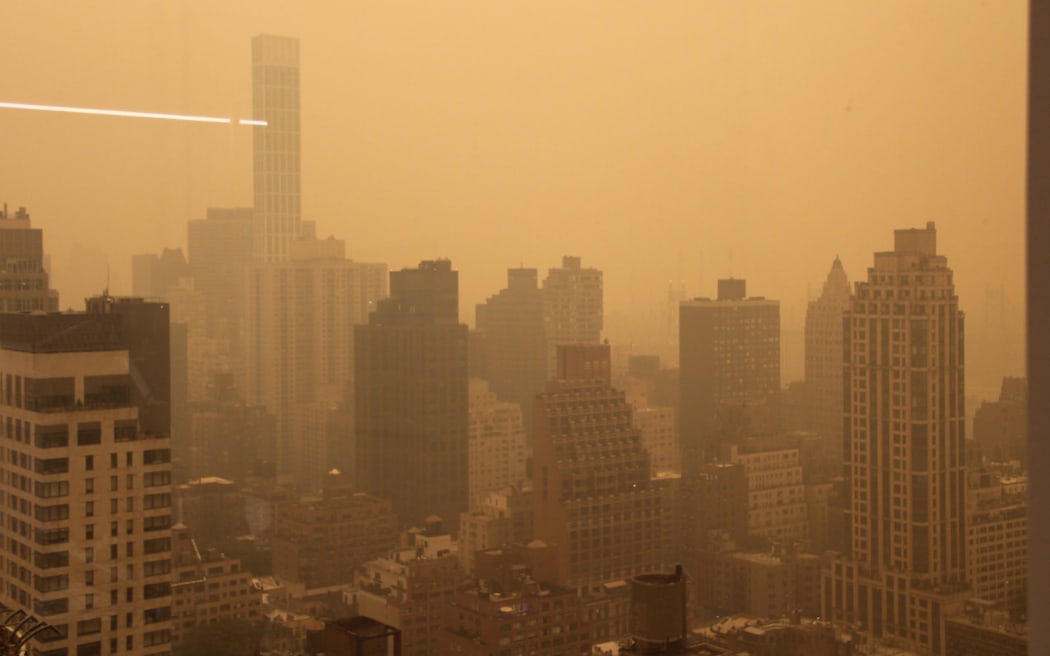
Smoke from the Canada wildfires blanketing New York City. Photo: Rosie Gordon
Temperatures in parts of British Columbia soared to more than 30 degrees this week, nearly 10 C above the seasonal average. While rain is expected over the weekend there is a risk of lightning strikes.
In the western province of Alberta, more than 3500 people remain under evacuation orders and heat warnings were in effect over much of the central area.
Poor air quality is expected to persist in cities including Ottawa, Toronto, New York and Washington until Sunday when the wind direction shifts.
While airports in the New York region have been hit by smoke, travel in Canada is not being affected.
"At this time, there have been no major reported impacts to commercial aviation operations due to the wildfires," said Hicham Ayoun, a spokesperson for Transport Canada.
- Reuters
Raging Canada wildfires threaten critical infrastructure, force evacuations
8 June 2023
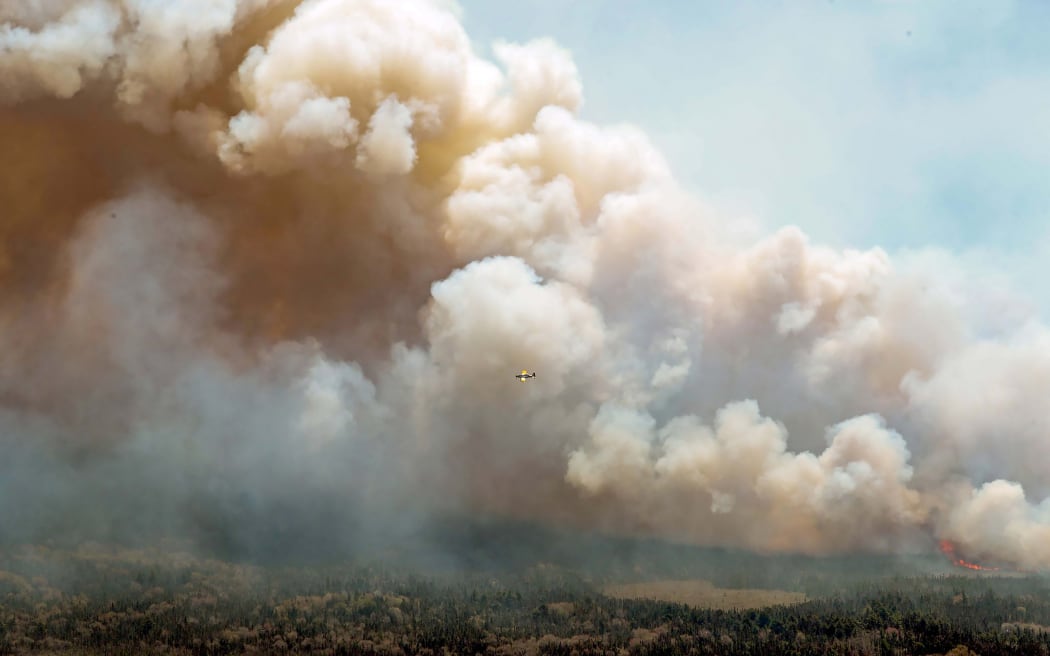
A fire-fighting plane drops water and fire retardant flying near Barrington Lake, Shelburne County, Canada on 31 May.
Hundreds of uncontrolled forest fires blazed across Canada on Wednesday, threatening critical infrastructure, forcing evacuations and sending a blanket of smoky air wafting over US cities.
Wildfires are common in Canada's western provinces, but this year flames have mushroomed rapidly in the country's east, making it the worst-ever start to the season.
About 3.8 million hectares have already burned, some 15 times the 10-year average, said Federal Minister of Emergency Preparedness Bill Blair.
"Across the country as of today, there are 414 wildfires burning, 239 of which are determined to be out of control," he told a briefing. The giant eastern province of Quebec is among the worst affected.
"We've ... seen continued impacts to critical infrastructure in Quebec such as roads and rural closures, telecommunication interruptions and high voltage power lines being threatened by the growing fires," said Blair.
Quebec Premier Francois Legault earlier said the province was able to fight 40 fires at the same time.
"But we have 150 fires so we have to make sure that we focus where the problems are the more urgent," he told reporters.
South of the border, more than a dozen US states were under air-quality alerts on Wednesday as smoke from the wildfires wafted south.
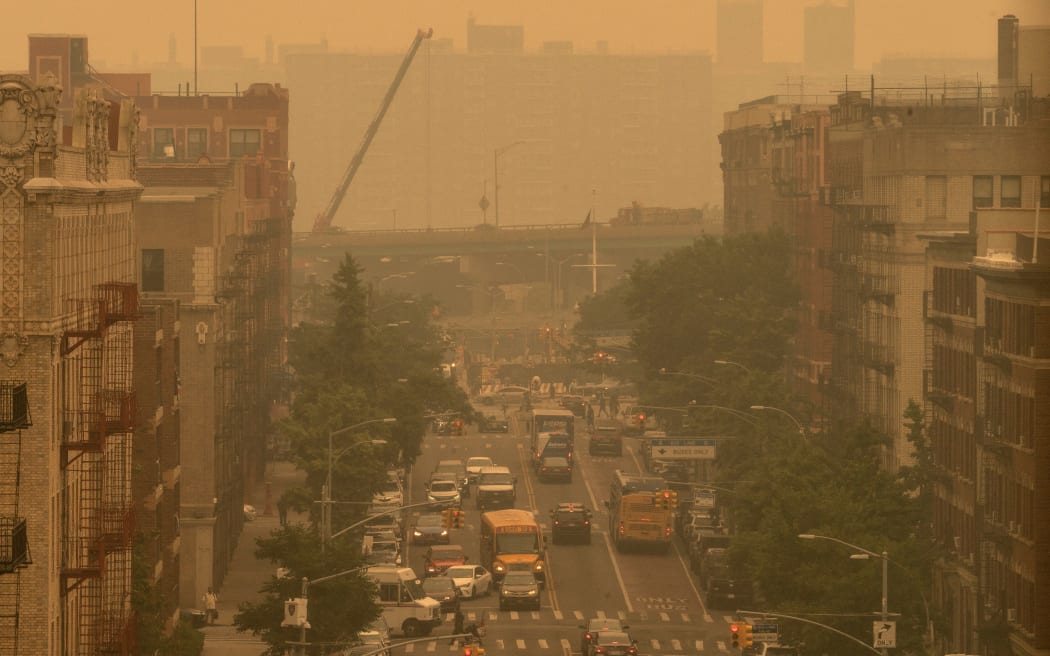
Smoky air blankets a neighbourhood in the Bronx, New York, 7 June 2023.
'New reality'
An unusually early and intense start to wildfire season has set Canada on track for its worst-ever year of fire destruction as warm and dry conditions are expected to persist for months.
"In coming years we will have to reflect seriously on how we can equip ourselves to deal with this new reality. We will be facing more and more extreme weather events that will cost us a lot more," Prime Minister Justin Trudeau told the briefing.
About 520 firefighters were battling the blazes with another 150 due to join soon from the army, Legault said. He said he hoped 500 more would arrive in the next few days from the neighbouring province of New Brunswick as well as France, the United States, Portugal, Spain, and Mexico.
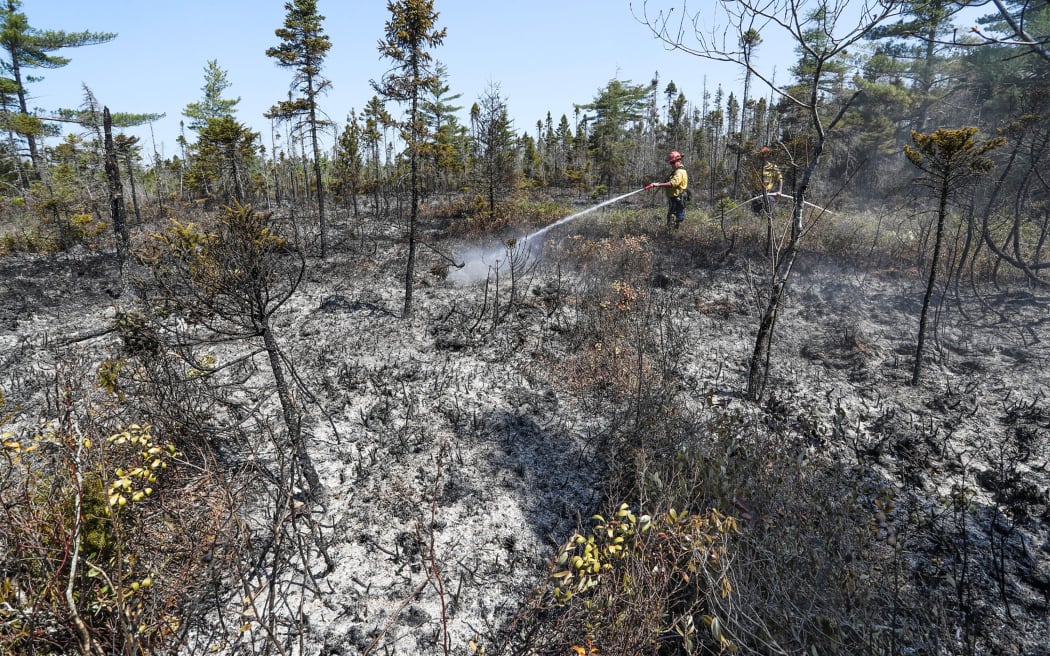
Firefighters dampen down the site of a fire at Barrington Lake, Shelburne county, Canada, as hundreds of wildfires burn across the country.
Residents of the towns of Chibougamau and Ouje-Bougoumou in northern Quebec received evacuation orders on Tuesday night, becoming the latest group of people in the province to evacuate homes after thousands were forced out last week.
Around 11,400 people have been evacuated so far from remote parts of northern Quebec and another 4000 will be evacuated soon, Legault said.
In neighbouring Ontario province, Canada's most populous, deteriorating air quality has been forecast this week in cities including Ottawa and Toronto due to smoke plumes.
- Reuters
